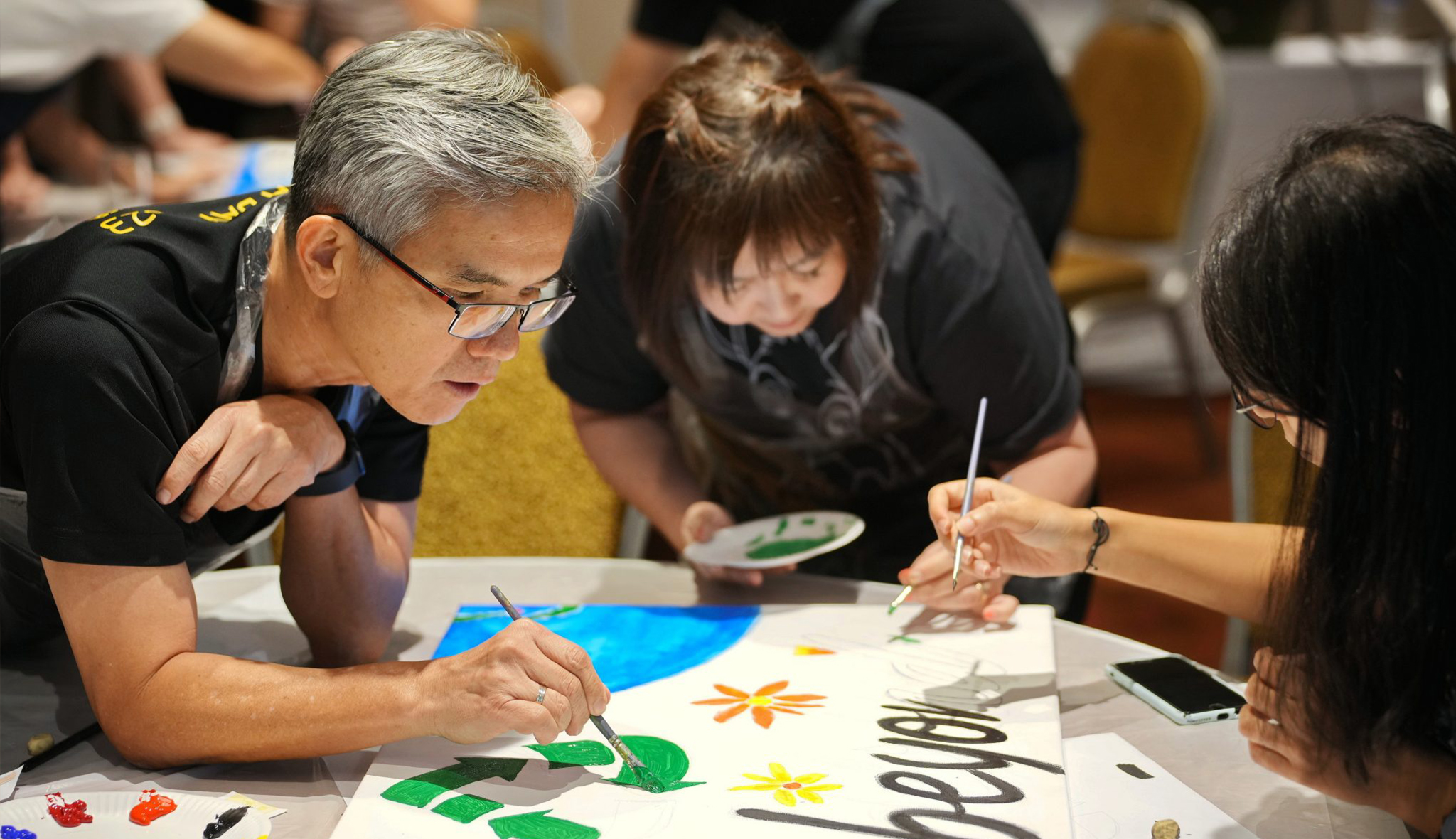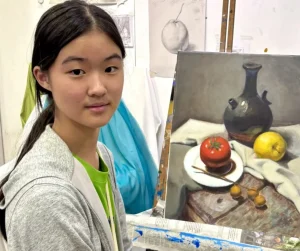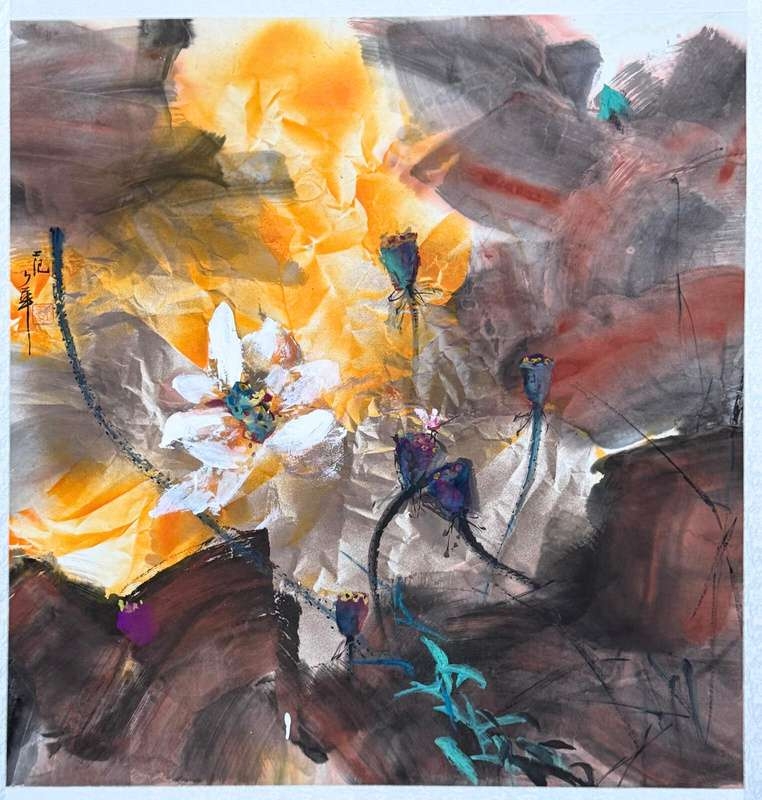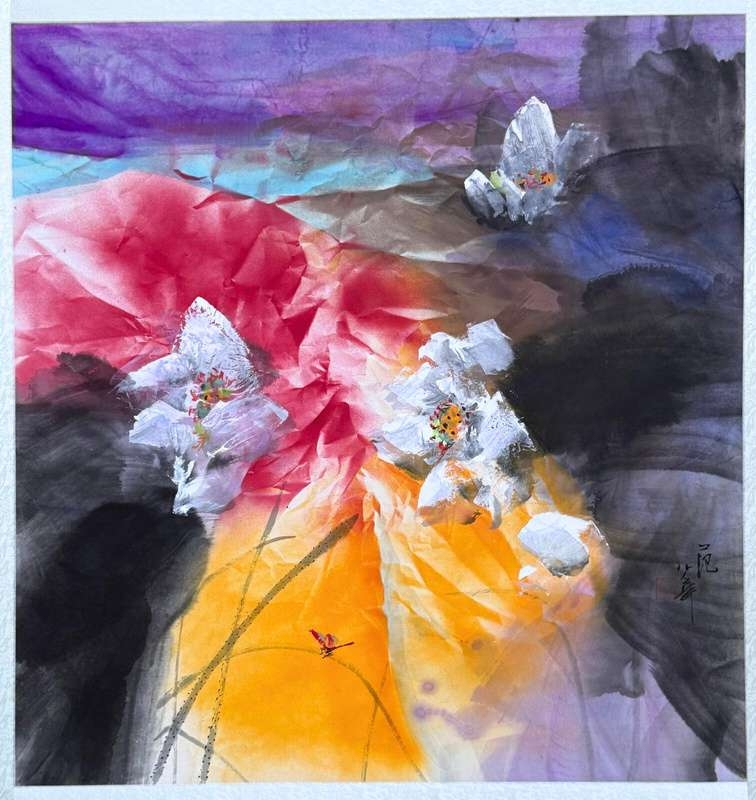Acrylic Painting on Canvas Team Bonding Art Jamming Singapore Visual Arts Centre
























Yeo Hoe Koon
Oil on Canvas
64 x 89.5 cm
Price Range: $16,000 - $20,000

Yeo Hoe Koon
Oil on Canvas
101 x 123 cm
Price Range: $26,000 - $32,000

Chen Wen Hsi
Chinese Ink and Color on Paper
50 x 54cm
Price Range: SGD $42,000 - $50,000

Cheong Soo Pieng
Red Tone
61 x 91.5cm
Price Range: SGD $108,000 - $138,000

Cheong Soo Pieng
Abstract Landscape
50 x 61cm
Price Range: SGD $95,000 -$128,000

Fan Shao Hua
Chinese Ink and Colour on Paper
100 x 100cm
Price Range: SGD $9,800 - $14,800

Fan Shao Hua
Chinese Ink and Colour on Paper
100 x 100cm
Price Range: SGD $8,800 - $13,800

在新加坡读书的小朋友觉得学习书法和华语很难,华语字非常难写,想把华语字写的漂亮就难上加难。好多小朋友的书法能力差,字写得不规整、歪斜,字体不好看,这样的小朋友要注意了,学习书法能帮助小朋友的书写能力,对小朋友的华语水平的提升和专注力、个人文化修养等等会有很多好处。
书法有严格的书写法则,儿童青少年在小学阶段,主要是识字,在学习文化的同时又学习书法,既可以巩固所学的知识,又能促进书法水平的提高,把字写得更加整洁美观,又合乎规范。
一、提高儿童青少年的文化素质
如果一个孩子从小受就学习书法,不仅能够提高他们的书法素养和艺术修养,而且能够培养他们严谨踏实的学习态度、自觉刻苦的学习精神。 少儿书法培训使学生提高审美能力和综合文化艺术素养,形成书法特长及爱好;书法是小学生的基本技能,如果小朋友的字写的好看,规整,会受到诸多赞赏,使小朋友增加自信心。


二、促进思维能力的提高
书法学习能够激发小孩的求知欲,对汉字的观察与分析,多了解汉字的形成和笔划的起源,熟悉偏旁部首,有助于提升孩子的华语和书法水平和拓展孩子的思维能力。
三、开发智力,培养协调性。书法的练习是一种生动的动态系统,
始终要求专注、学习书法过程中,写好每一个字,都需要大脑指挥手和眼睛配合完成,使大脑的左右半球的技能获得同时发展并增进互相协调能力,无数事例证实,学习过书法的孩子,在理解能力,接受能力,想象力和创造性思维能力等方面,都显著高于一般孩子。
四、培养孩子的耐力和专注力
许多家长都觉得自己的孩子特别好动,静不下来,不容易专注,不利于学习新的知识。但是当小朋友去经过书法学习训练,孩子的专注力会得到改善。因为学习书法需要全身心地投入,需要大脑、眼睛、手脚的配合,学习书法能让孩子整个人安静下来。
五、促进生理心理的健康发展。
书法教学活动能够激发儿童的求知欲,对字帖的观察与分析,对书写过程的思考与领悟,对书法习作的评价与反思,将有助于儿童思维能力的全面提高。书写毛笔字能够促进儿童生理心理的健康发展,运用毛笔进行书写,可视为一种操作过程。在这种学习书法操作过程中,神经要进行不断地传导,手的操作感觉被及时传递到大脑,大脑的思维活动不断地发出指令,纠正改善着操作过程。
练书法对于孩子来说,收获的不仅仅是一手漂亮好看的字,更重要的是在练习过程中,孩子会养成认真观察的习惯,有良好的道德素质和文化素质,记忆力会明显提高……所以,学书法有利于孩子的成长。


新加坡视觉艺术中心针对儿童青少年开设的专业书法课程由书法家马双禄亲自授课,课程内容丰富,针对儿童青少年的不同华语和书写程度,量身定制个性化课程,从基础开始,循序渐进,适合初学者和不同书法水平的提升。书法课程内容:学习楷书、行书、隶书的基本章法结构笔画书写技巧,汉字偏旁部首的涵义,学习汉字字形的结构规律,指导学员书写四字成语、唐诗宋词、对联等,老师全程讲解和示范,让学员在学习书法书写技巧的同时,提升古汉语和华文水平。
马双禄老师简介
马双禄,新加坡著名书法家,新亚太文化艺术联合会副主席,新加坡义安文化中心等团体艺术顾问,潮州八邑会馆文教委员,教育部和人民协会书法培训导师,《南洋书法》杂志编辑顾问,新加坡全国书法比赛评委。
他的书法作品,在中国书协等单位举办的全国性赛事中40多次获大奖,在新加坡全国书法比赛中多次荣获第一名和第二名。被世界艺术家协会等单位授予“世界金奖艺术家”,“突出贡献艺术家”,“实力派书法家”等荣誉称号。
书法作品曾被新加坡总理李显龙、副总理张志贤等20多位国家领导和政府部长,中国驻新加坡大使馆,新加坡美术总会,亚洲文明博物馆,孙中山南洋纪念馆,新加坡黑土地美术馆等艺术团体,东南亚众多收藏家和社团组织及社会贤达收藏。
关于新加坡视觉艺术中心专业书法课程
(适合6岁或以上)
时间表:星期四晚上 7pm – 9pm, 星期六下午 3pm – 5pm
学费: 12堂 | $680 , 24堂 | $1260 (提供所有的材料)
地点:麦波申画室 ( 麦波申地铁站 A出口, 2分钟步行到对面的 AZ@Paya Lebar Building)
140 Paya Lebar Road, #03-04 AZ@Paya Lebar Building, S(409015)
联络/ 6255 0711 或 电邮我们 info@visualartscentre.sg以了解详情!
探索书法的美妙世界,通过书法私人课程与我们一同开启学习书法的旅程!无论您是书法初学者还是有一定基础,我们的私人书法课程都为您量身定制。我们的专业书法老师将亲自指导您掌握书法的基本技巧,从书法的笔画的起笔到结尾,让您能够逐步领悟书写每一个汉字的艺术之美。课程内容涵盖严格的书写法则,帮助您提升书写的精准度和美感,无论是日常书写还是艺术创作,都将在我们的私人书法课上受益匪浅。通过私人书法课程,不仅能够提升您的书法水平,还能够享受到个性化的书法学习体验,让书法艺术成为您生活中的一部分。现在就加入我们的一对一书法私人课,开启您书法之路的精彩旅程吧!

麦波申画室 ( 麦波申地铁站 A出口, 2分钟步行到对面的 AZ@Paya Lebar Building)
140 Paya Lebar Road, #03-04 AZ@Paya Lebar Building, S(409015)
|
|
|||||||||||||||||||||||||||||||||||||||||||||||||||||||


SAT |
10:30am - 12:45pm1pm - 3pm
|
SAT |
|
10:30am - 12:45pm1pm - 3pm
|
|



Address:
10 Penang Road, #01-02 Dhoby Ghaut Green,
Singapore 238469
Exit from Dhoby Ghaut MRT Station Exit B and turn left, we are there in 30m!

Address:
AZ@Paya Lebar, 140 Paya Lebar Road, #03-04,
Singapore 409105
Exit from Macpherson MRT Station Exit A and turn left, we are right across the road, 1 minute walk away!
Have any questions? Please drop us an enquiry form and we’ll respond to you as soon as we can!
"*" indicates required fields
麦波申画室 ( 麦波申地铁站 A出口, 5分钟步行到对面的 AZ@Paya Lebar Building)
140 Paya Lebar Road, #03-04 AZ@Paya Lebar Building, S(409015)
Click and get to our WhatsApp
Embark on a captivating journey into the vibrant world of digital art! Our Foundation in Digital Art workshop invites budding creatives aged nine and above to unleash their imagination and hone their artistic skills in a dynamic, supportive environment. From mastering basic digital tools to crafting mesmerizing digital masterpieces, children will explore a spectrum of techniques guided by seasoned mentors. Through hands-on activities and interactive sessions, participants will discover the endless possibilities of digital expression while fostering creativity and critical thinking. Join us for an exhilarating adventure where young artists transform ideas into stunning visual realities, igniting a passion for digital art
In the Batik Introduction Handkerchief Painting workshop, participants will learn the traditional art of batik, a wax-resist dyeing technique originating from Indonesia. The workshop begins with a brief history and overview of batik, highlighting its cultural significance and various techniques. Participants will then observe a demonstration of applying wax with tjanting tools and dyeing the fabric. Following the demonstration, each participant will design and create their own batik handkerchief, applying wax to create patterns and then dyeing their fabric. The workshop concludes with a group discussion, allowing participants to share their creations and reflect on their learning experience.